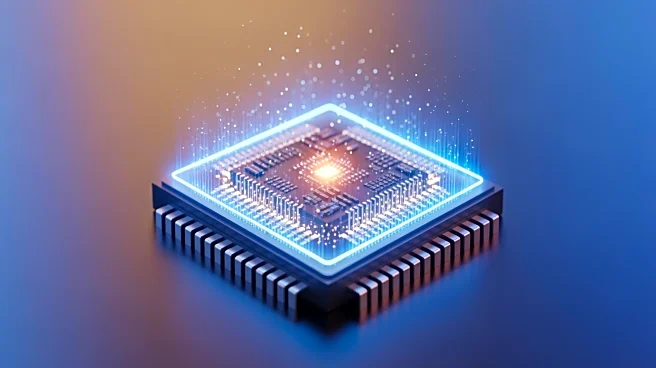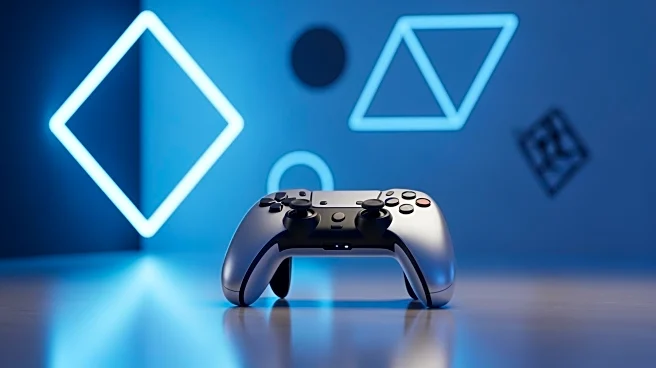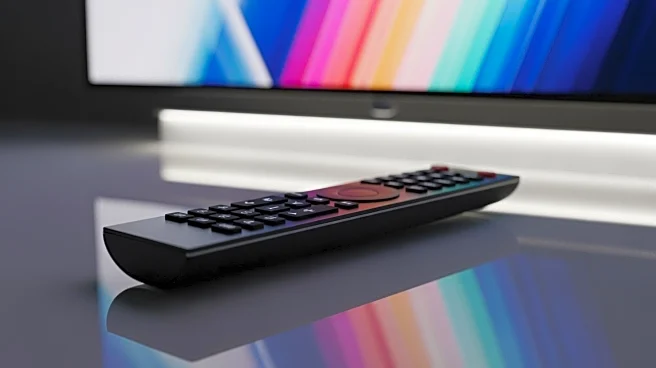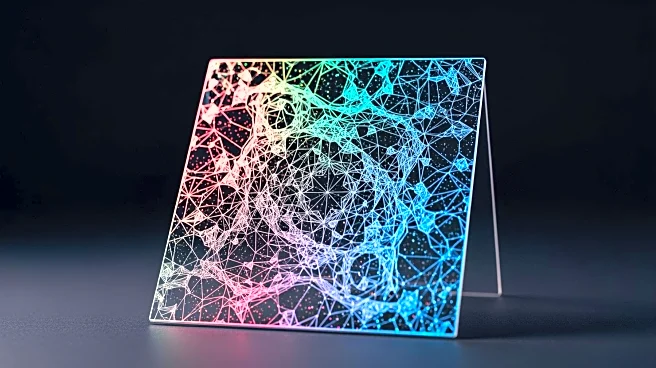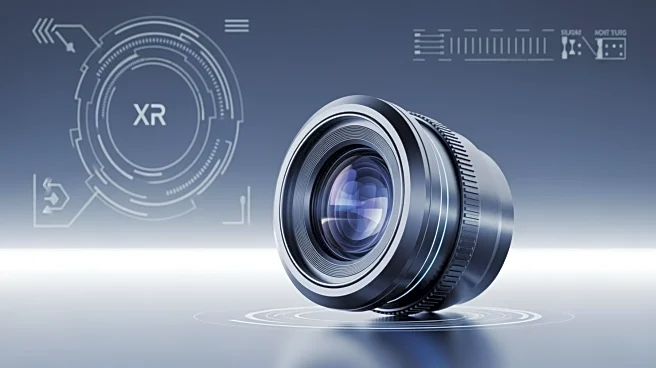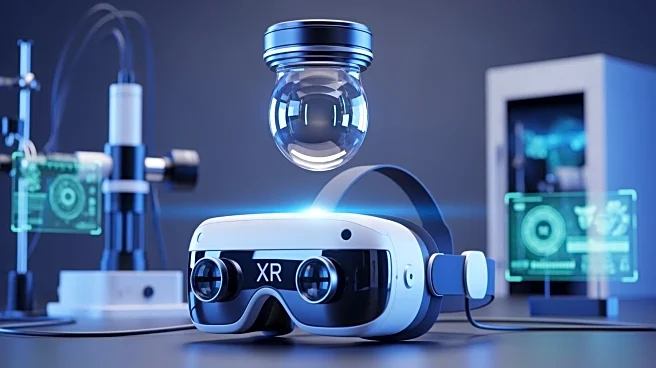What's Happening?
Pixelligent Technologies LLC, a leading manufacturer of high refractive index nanocomposites, has launched a new product line called PixMicro. This line represents a significant advancement in micro-optics
materials, offering micro-imprintable formulations designed to enhance high-performance sensors, microlens arrays, waveguides, 3D printed optics, and diffractive optical elements. The PixMicro products deliver unmatched transparency, ultra-low haze, and refractive indices of up to 1.90, enabling device manufacturers to achieve sharper visuals, smaller form factors, and improved efficiency. The formulations are compatible with both glass and plastic substrates, as well as commercially available stamps and industry-standard manufacturing processes.
Why It's Important?
The introduction of PixMicro is crucial as it addresses the growing demand for advanced materials in optical sensors, 3D printed optics, and display applications. These sectors are projected to be among the fastest-growing consumer and industrial technology markets. By providing high-index, optical clarity, and mechanical properties, PixMicro equips manufacturers with the necessary tools to develop next-generation immersive technology devices. This innovation positions Pixelligent at the forefront of display technology advancements, potentially influencing the broader electronics industry and consumer markets.
What's Next?
Pixelligent's PixMicro product line is expected to play a pivotal role in the development of future XR devices and IT OLED technologies. As these markets expand, Pixelligent's products could become integral to the manufacturing processes of leading technology companies. The compatibility of PixMicro with existing manufacturing processes and substrates suggests a seamless integration into current production lines, potentially accelerating the adoption of these advanced materials in new consumer and industrial products.
Beyond the Headlines
The launch of PixMicro may have deeper implications for the electronics industry, particularly in terms of sustainability and cost efficiency. The solvent-free formulations and high-yield micro-imprinting capabilities could lead to more environmentally friendly production processes and reduced manufacturing costs. Additionally, the enhanced optical clarity and performance could drive innovation in sectors such as augmented reality and virtual reality, influencing cultural and technological shifts in how consumers interact with digital content.
